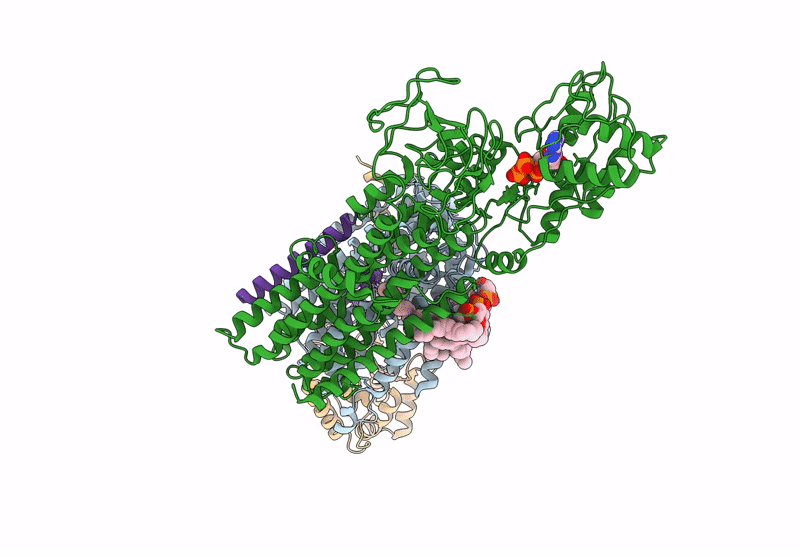
Deposition Date
2022-05-04
Release Date
2022-11-16
Last Version Date
2024-11-13
Entry Detail
PDB ID:
7ZRG
Keywords:
Title:
Cryo-EM map of the WT KdpFABC complex in the E1_ATPearly conformation, under turnover conditions
Biological Source:
Source Organism:
Escherichia coli (Taxon ID: 562)
Host Organism:
Method Details:
Experimental Method:
Resolution:
3.50 Å
Aggregation State:
PARTICLE
Reconstruction Method:
SINGLE PARTICLE


